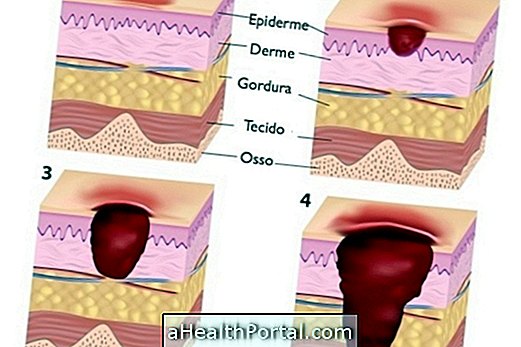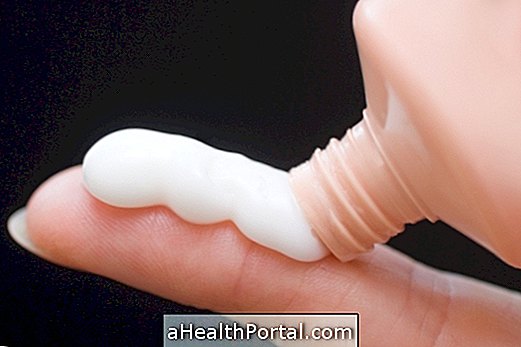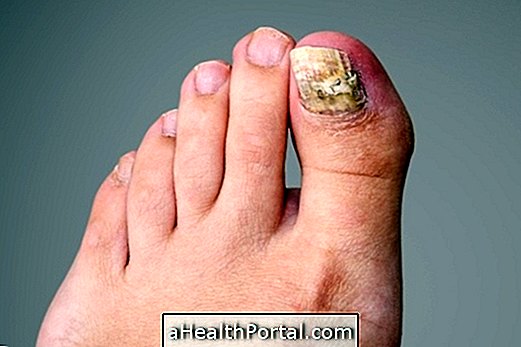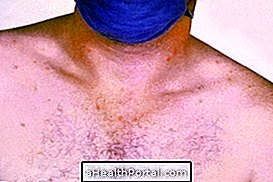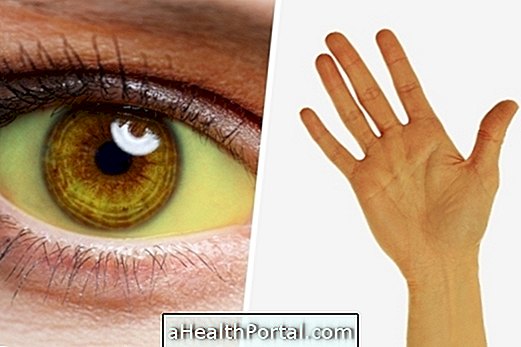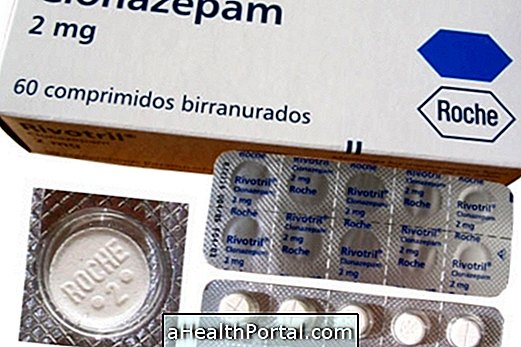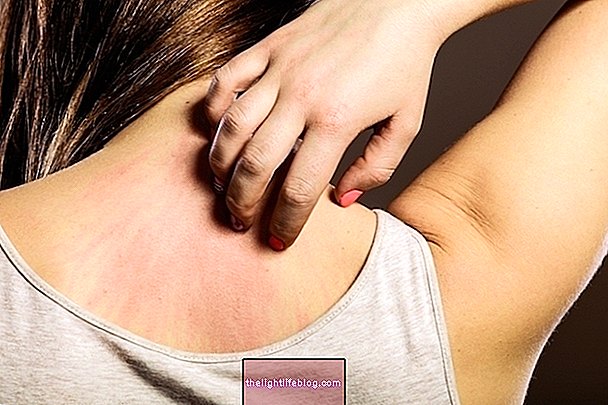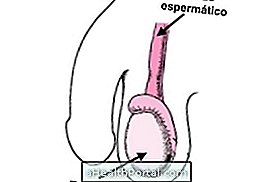The pilonidal cyst is a type of pouch or lump that develops at the end of the spine, just above the buttocks, which is composed of hair, sebaceous glands, sweat and skin remains of embryonic development, which can result in pain and swelling Of region. Understand what cyst is and how to identify it.
The pilonidal cyst, when it causes symptoms, is usually treated through surgery, where it is completely removed or only drained of its contents. Although it is more common to appear at the end of the spine, the pilonidal cyst may also appear in other regions of the body, such as around the navel, armpits or scalp.
Pilonidal cysts occur more often in young men and are prone to recur. It is believed that people who work seated for long periods of time are at greater risk of developing a pilonidal cyst.
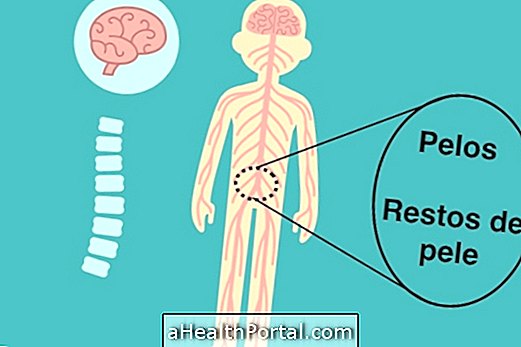
Treatment for pilonidal cyst
One form of treatment for the pilonidal cyst is drainage of the purulent contents, which is done under local anesthesia. In addition, the use of antibiotics may be recommended if the presence of bacteria in the cyst is verified.
The drainage of the cyst is quite effective, however, some people, even after drainage of the purulent contents, return to have the pilonidal cyst, being recommended in these cases to perform surgery. Surgery to remove the pilonidal cyst consists of opening, scraping the internal wall, removing the hair and cauterizing the wound, which is left open to heal better. Learn about general care after surgery.
During the healing time, a daily dressing should be performed for a faster wound healing process. There is rarely spontaneous cure without proper treatment.
Cure for pilonidal cyst
The dressing for the pilonidal cyst is performed, after surgery, daily, with the lavage of the wound with saline and passing gauze or cotton to clean it; at the end, a new gauze is placed for protection. With this method, there will be even scarring of the slit. When the wound is almost closed, there is no need to put on gauze to protect. Care should be taken when dressing, so that the loose ones do not fall into the wound, causing a new infection. Learn more about making a bandage.
Treatment for pilonidal cyst depends on the stage of the disease and no treatment is needed for people who have only a small cystic structure that does not become infected, however, drainage may be recommended and it is therefore important to consult the doctor for that the need for treatment can be verified. In addition, oral antibiotics are used in cases of severe infections in the pilonidal cyst.
Symptoms of pilonidal cyst
The symptoms of pilonidal cyst only exist when there is inflammation, in these cases patients initially feel:
- Pain in the region of the fold between the buttocks, which in a few days may worsen;
- Swelling ;
- Redness ;
- Heat in the cyst region ;
- Fissures in the skin when the inflammation is very intense, leading to the appearance of small "holes" in the skin where the pus leaves.
There are cases where the pilonidal cysts do not inflame, and patients do not experience any symptoms, sometimes seeing only a small opening in the skin in the region above the anus or in any other area of occurrence of the pilonidal cyst.
The best doctor to treat and cure pilonidal cyst is the surgeon who specializes in coloproctology, but this cyst may be treated by a dermatologist or general practitioner.

